The 1980s brought us bold fashion, catchy music, and new technology. Many trends that were popular then have since gone out of style, looking like relics from another time. Let’s take a look at 19 trends that were everywhere in the ‘80s but now seem like ancient history.
Cassette Tapes
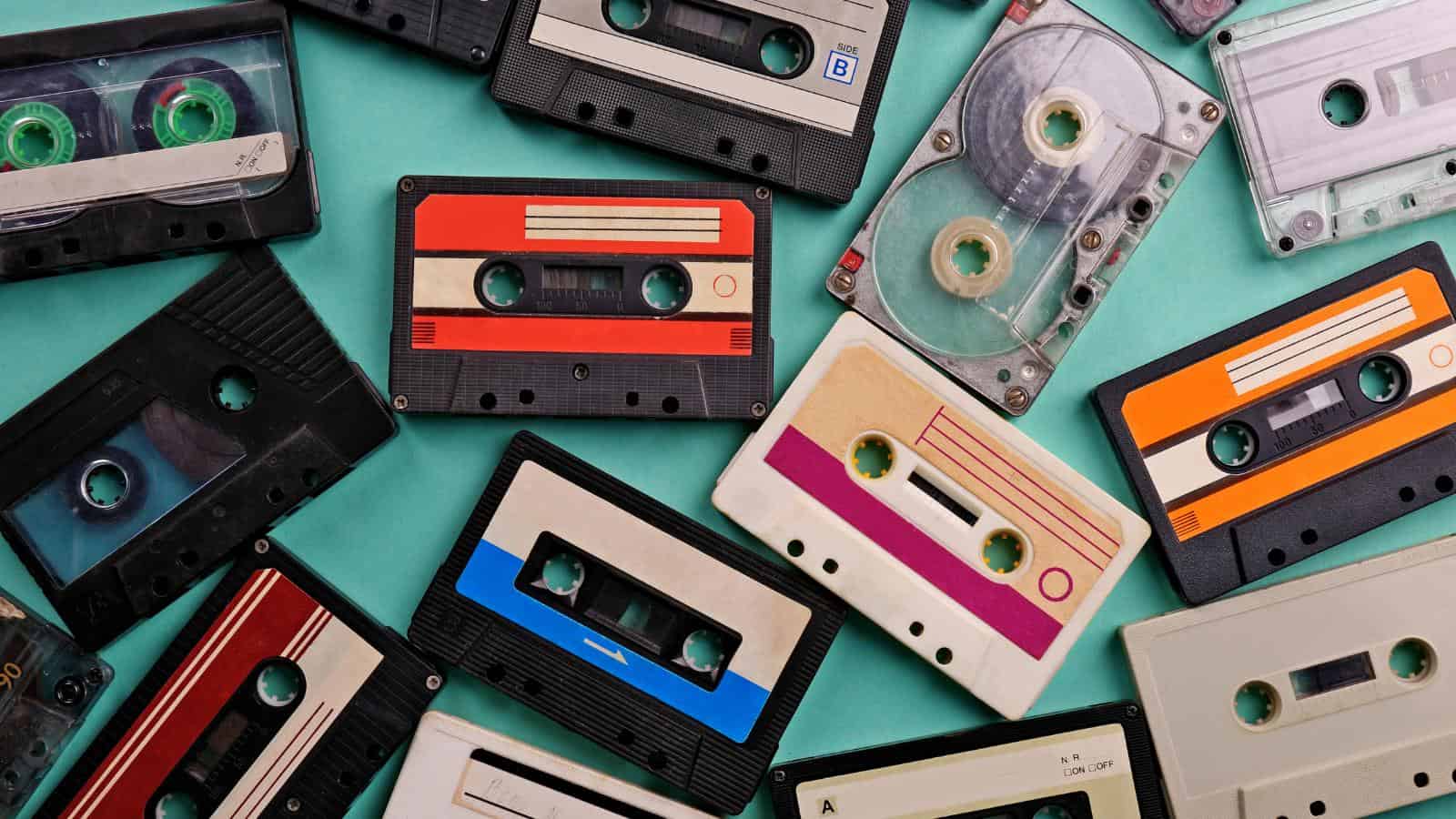
Cassette tapes were how we listened to music on the go in the ‘80s. As BBC mentions, “Records were expensive and often hard to get hold of, and so if we had access to a cassette deck, we made copies for each other.” Now, with digital music streaming, the idea of rewinding or fast-forwarding through songs feels outdated.
VHS Players
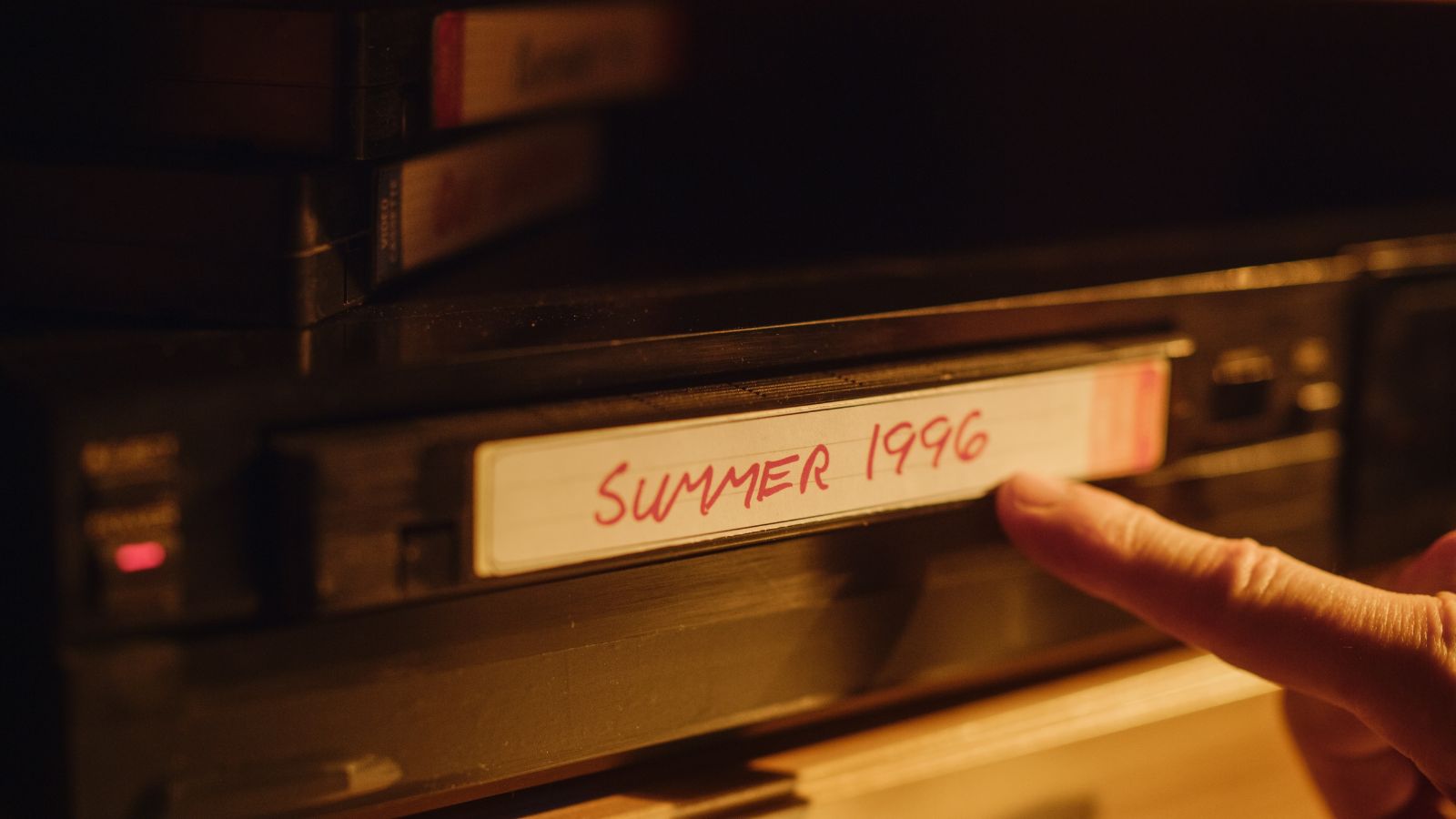
VHS players changed how we watched movies at home. Families would gather around the TV, insert a tape, and adjust the tracking for the best picture. The habit of rewinding before returning rentals is now a distant memory, replaced by streaming services.
Landline Phones
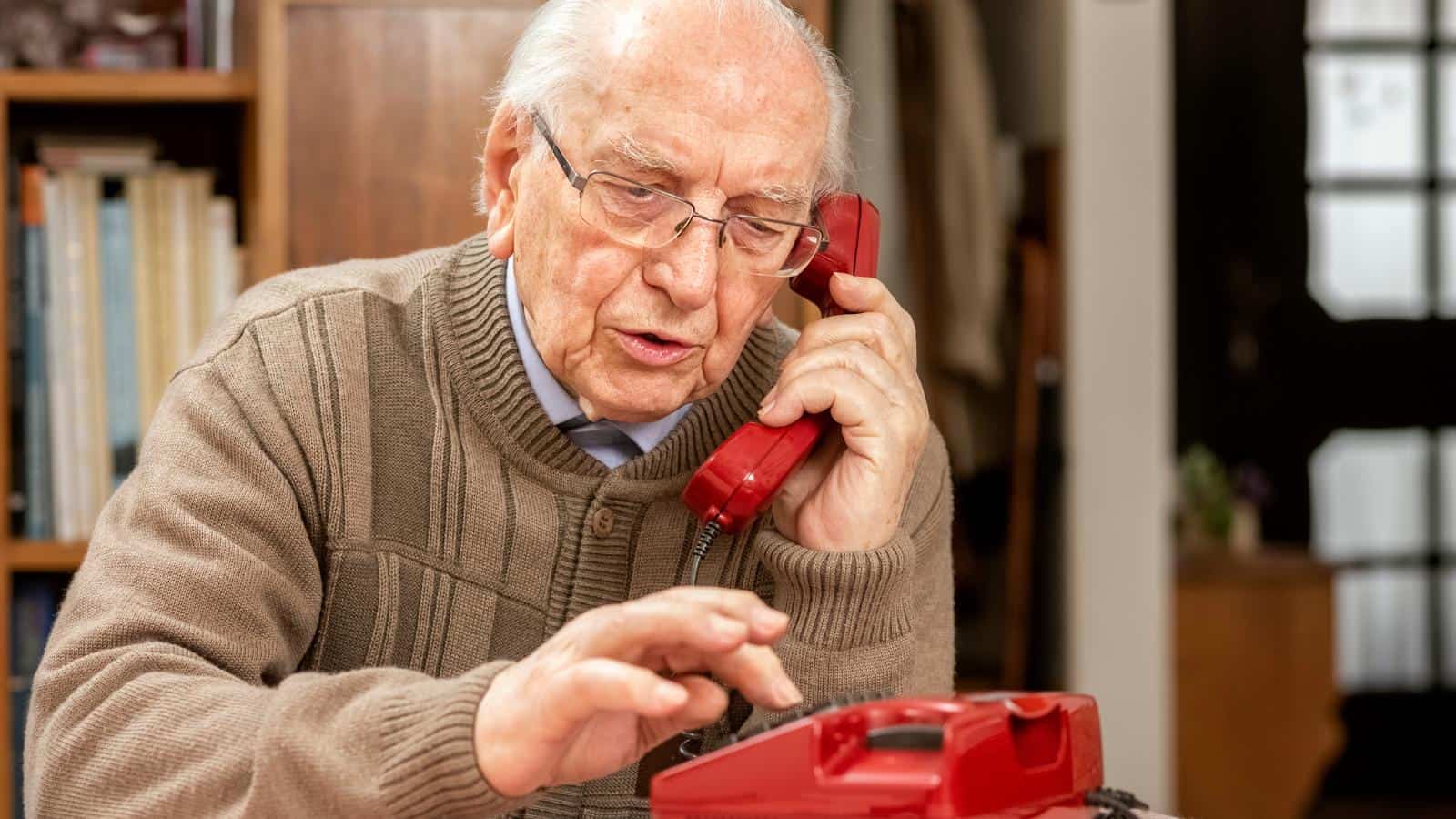
Every home used to have a landline, and many of us remember stretching long cords across rooms for privacy and memorizing important phone numbers. The satisfying click of hanging up has been replaced by the silent tap on a smartphone screen.
Acid-Wash Jeans

Acid-wash jeans were a big fashion statement in the ‘80s. Their bleached, spotted look was considered cool and rebellious back then. Today, while denim is still popular, this specific style has completely gone out of fashion.
Mullets

The mullet hairstyle, short in front and long in back, was worn by many in the ‘80s. It was popular with both men and women, especially among rock stars and athletes. Now, it’s rarely seen outside of costume parties or ironic fashion statements.
Shoulder Pads

Shoulder pads were added to women’s clothing to create a strong, structured look. They were in everything from business suits to casual tops. Modern fashion has moved away from this exaggerated silhouette, preferring more natural shoulder lines.
Neon Colors

Whether it was clothes or home décor, bright neon colors were popular in ‘80s fashion, making bold statements everywhere. While neon pops up in trends now and then, it’s definitely not as widespread as it was back in the ‘80s.
Floppy Disks
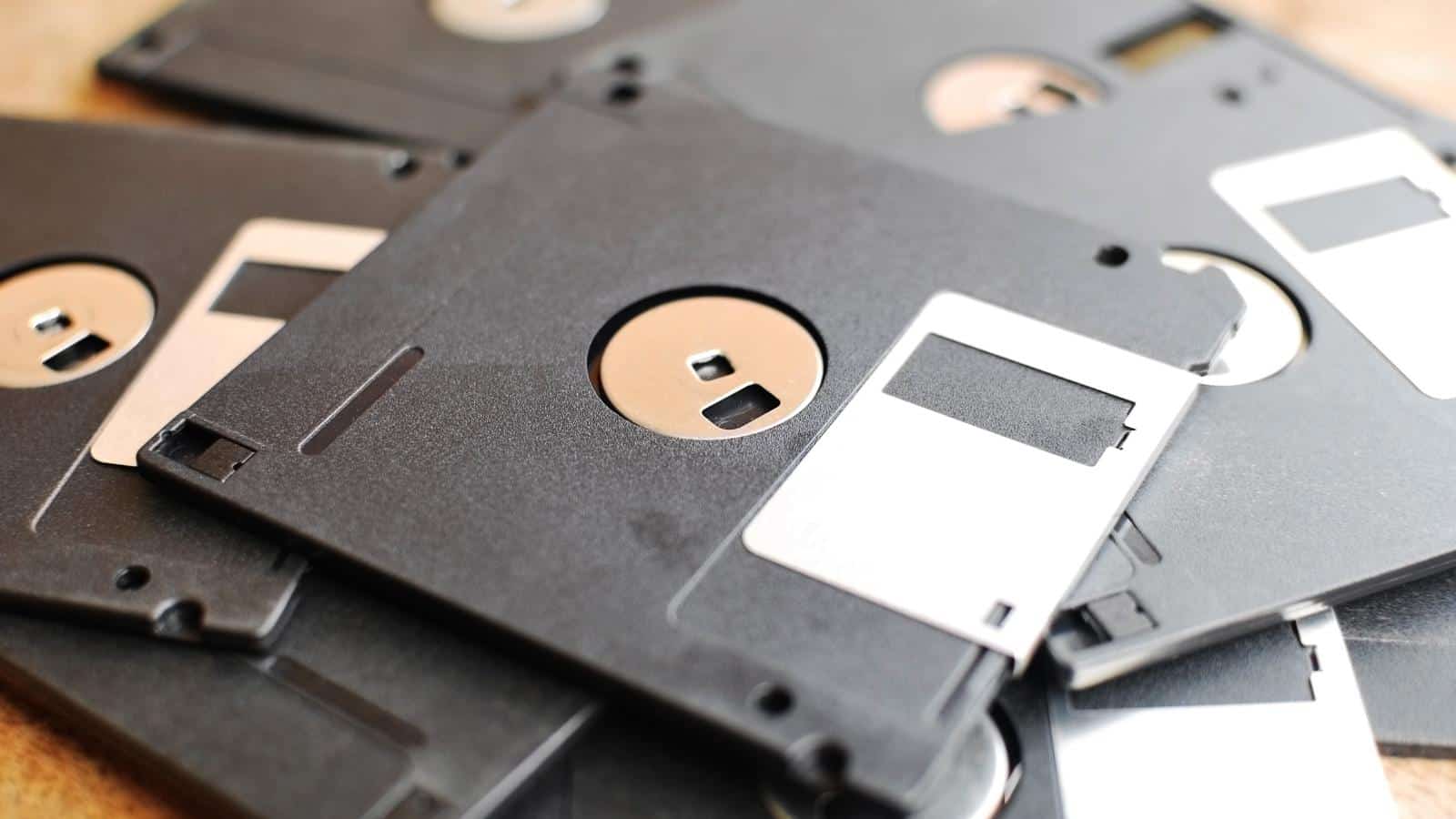
These square plastic devices came in different sizes but could only hold a small amount of data by today’s standards. It’s how we stored and shared computer files back then, but modern storage options offer much more capacity in smaller packages.
Aerobics Fashion
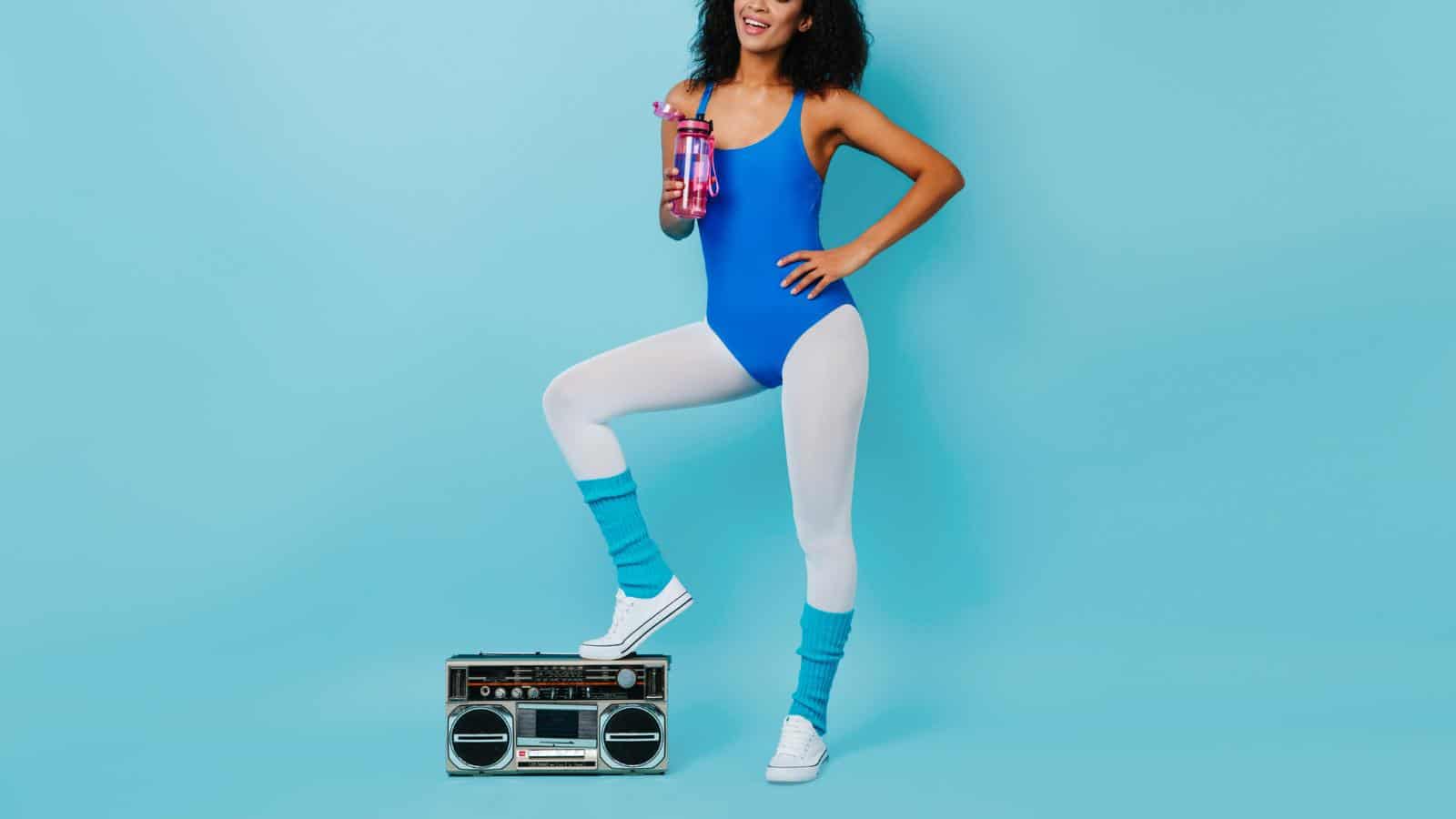
The ‘80s fitness craze brought us some unique workout wear. Leotards, legwarmers, and headbands in bright colors were worn both in and out of the gym. This style has now been replaced by more practical and subdued athletic clothing.
Big Hair

In the ‘80s, bigger was definitely better when it came to hair. Folks used enough hairspray to single-handedly deplete the ozone layer, all in pursuit of gravity-defying hair. These days, we’ve toned things down a bit. Our hair, and the environment, are probably better off for it.
Walkmans
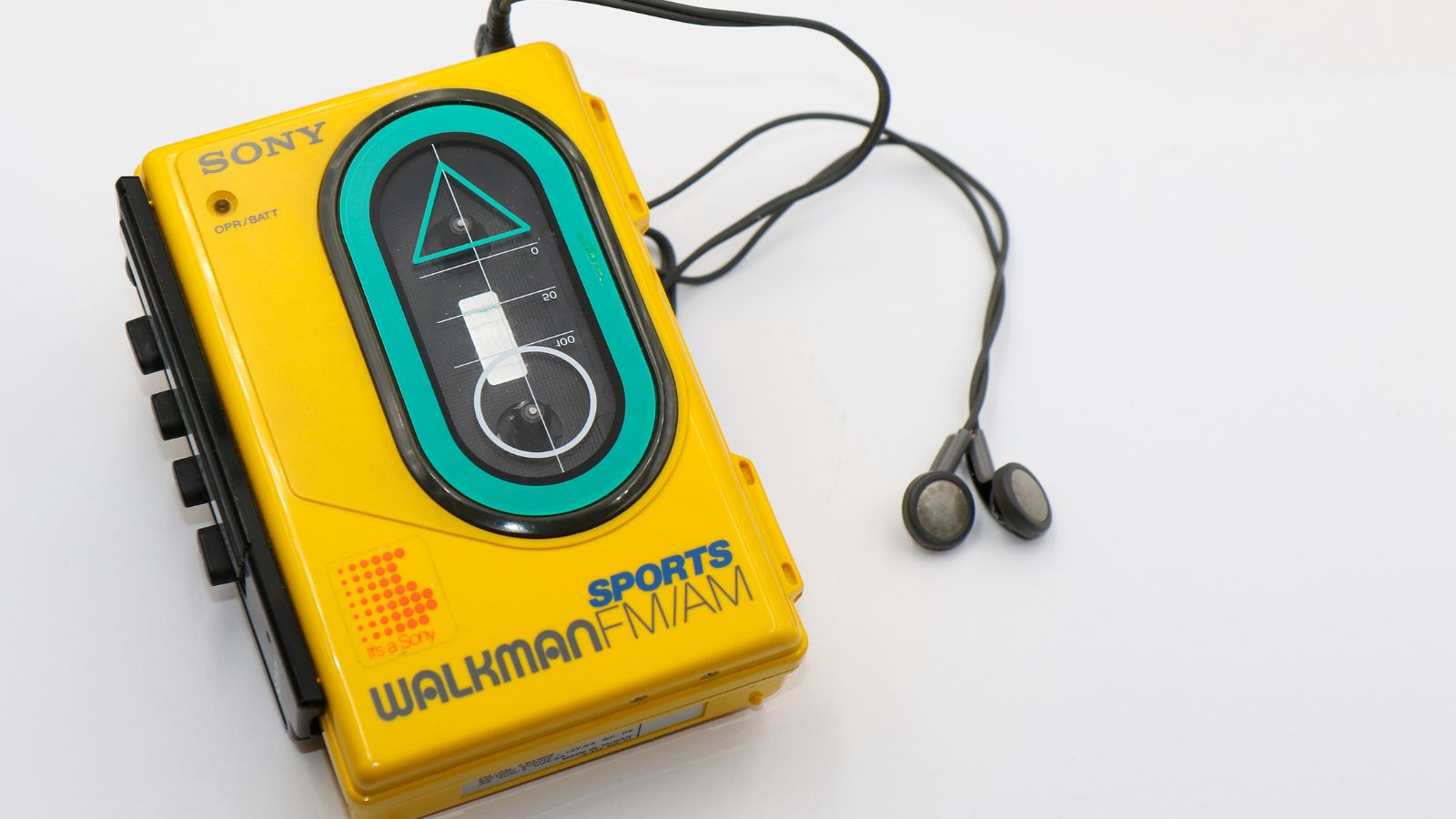
Sony’s Walkman was the iPod of its day. These portable cassette players let us take our tunes anywhere. The sleek design was the epitome of cool. Now, with smartphones that do everything but make breakfast, the humble Walkman seems charmingly primitive.
Rolodexes
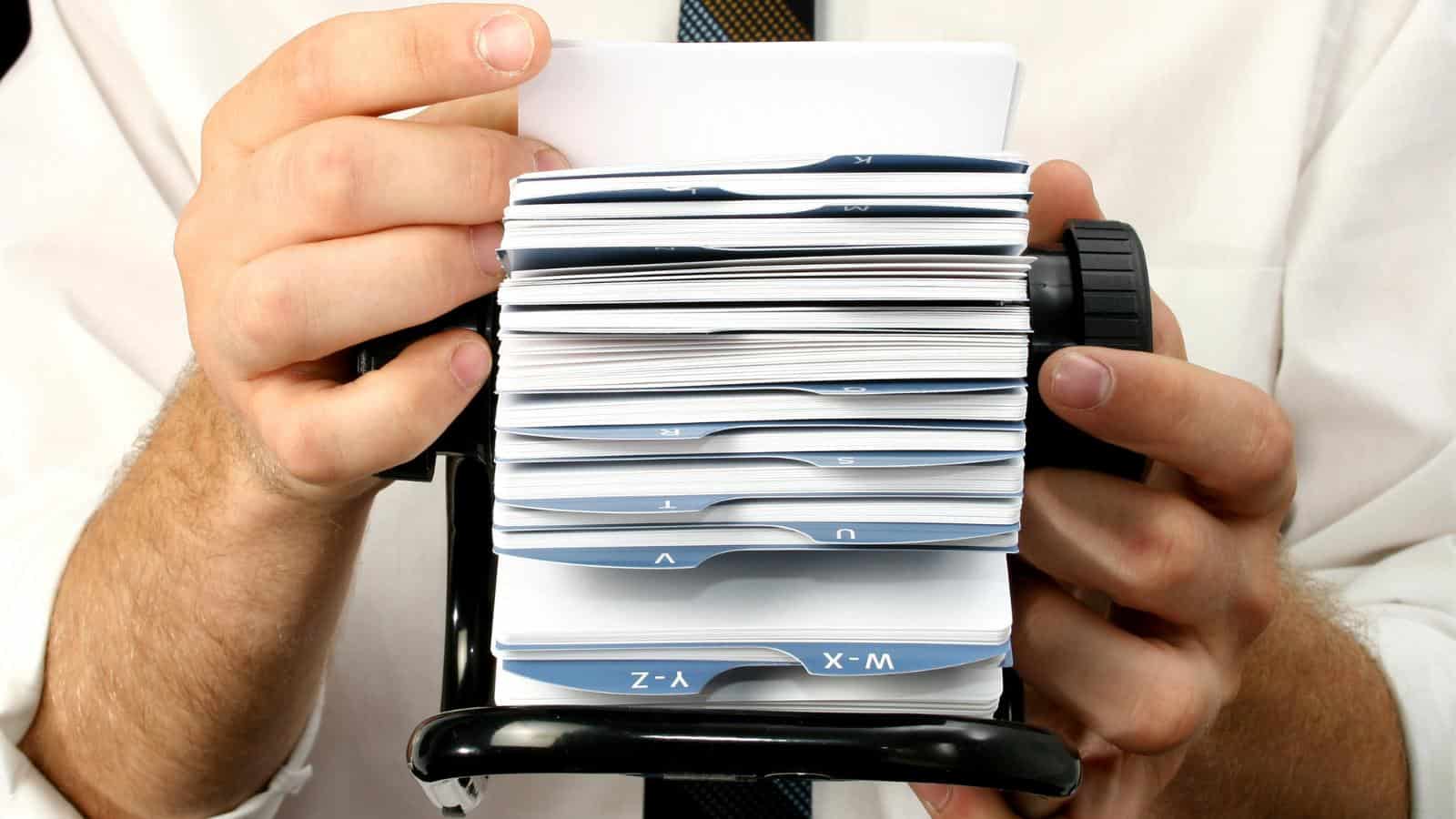
Before we had contacts in our phones, we had Rolodexes. These spinning card files were how busy professionals kept track of names and numbers. The satisfying flip of the cards as you search for a contact is now replaced by silent scrolling on touchscreens.
Encyclopedias

Encyclopedias were once the go-to source for information on various topics. Sets of these books took up entire shelves in homes and libraries. The internet has made physical encyclopedias largely unnecessary, changing how we find information.
Pagers
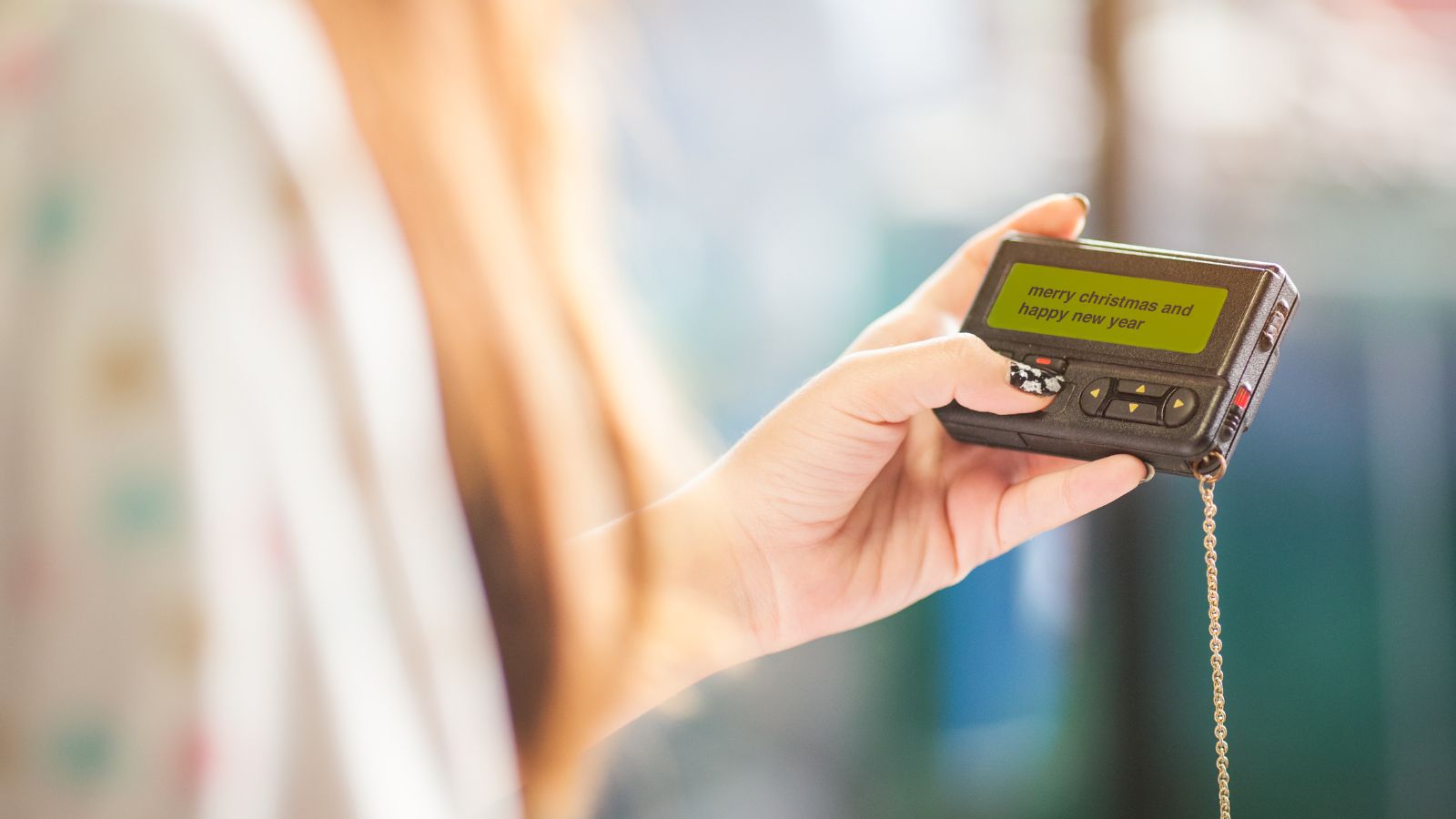
Pagers were an early form of mobile communication. That distinctive beep meant you were important enough to be reached at any time. Of course, you still had to find a phone to call back. Cell phones have since made pagers unnecessary for most people.
Video Arcades
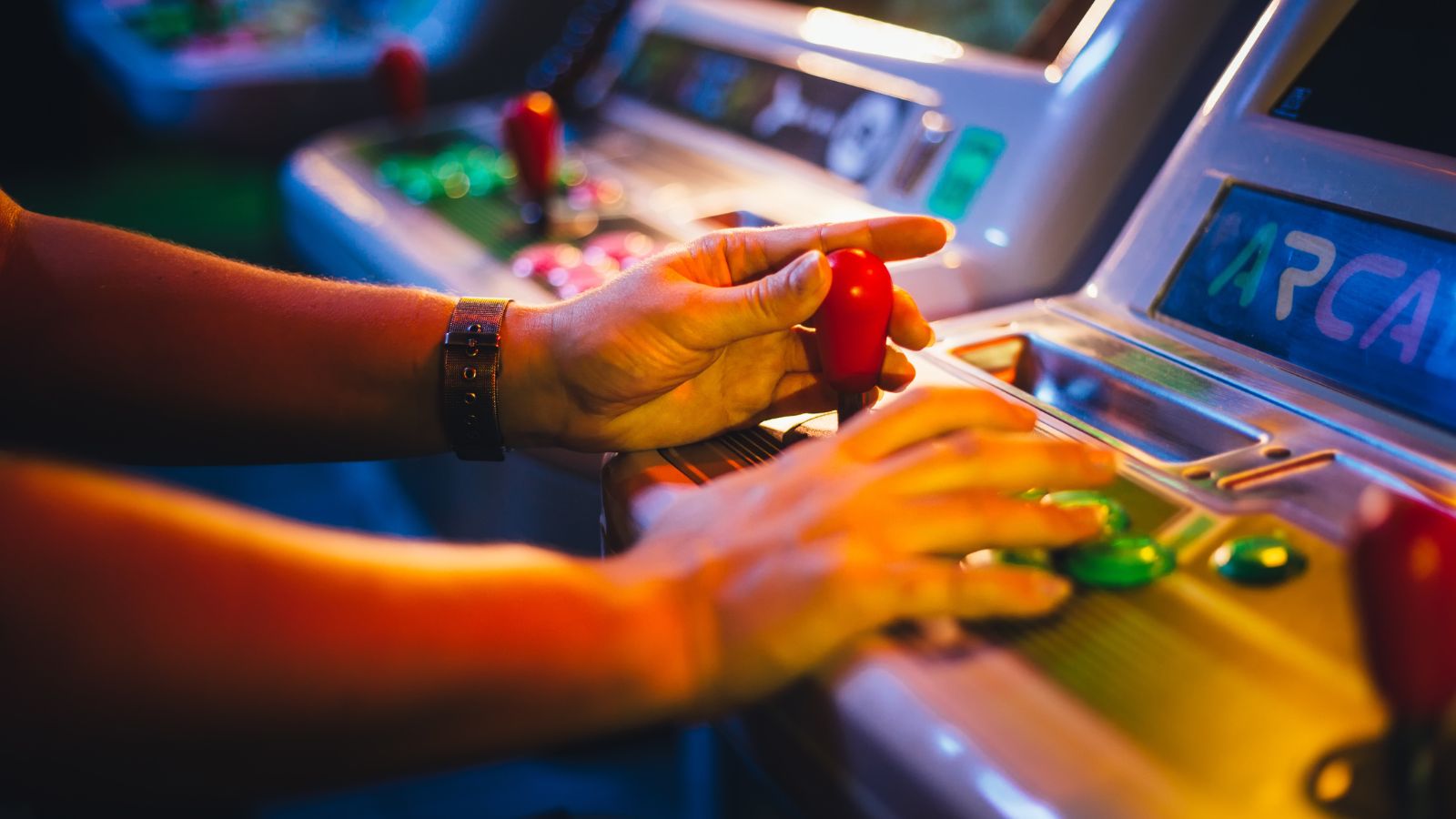
Video arcades were the place to be for ‘80s kids and teens. The flashing lights, electronic beeps, and fierce competition created an atmosphere you just can’t replicate at home. While retro arcade bars are popping up, the mall arcade is mostly a thing of the past.
Answering Machines
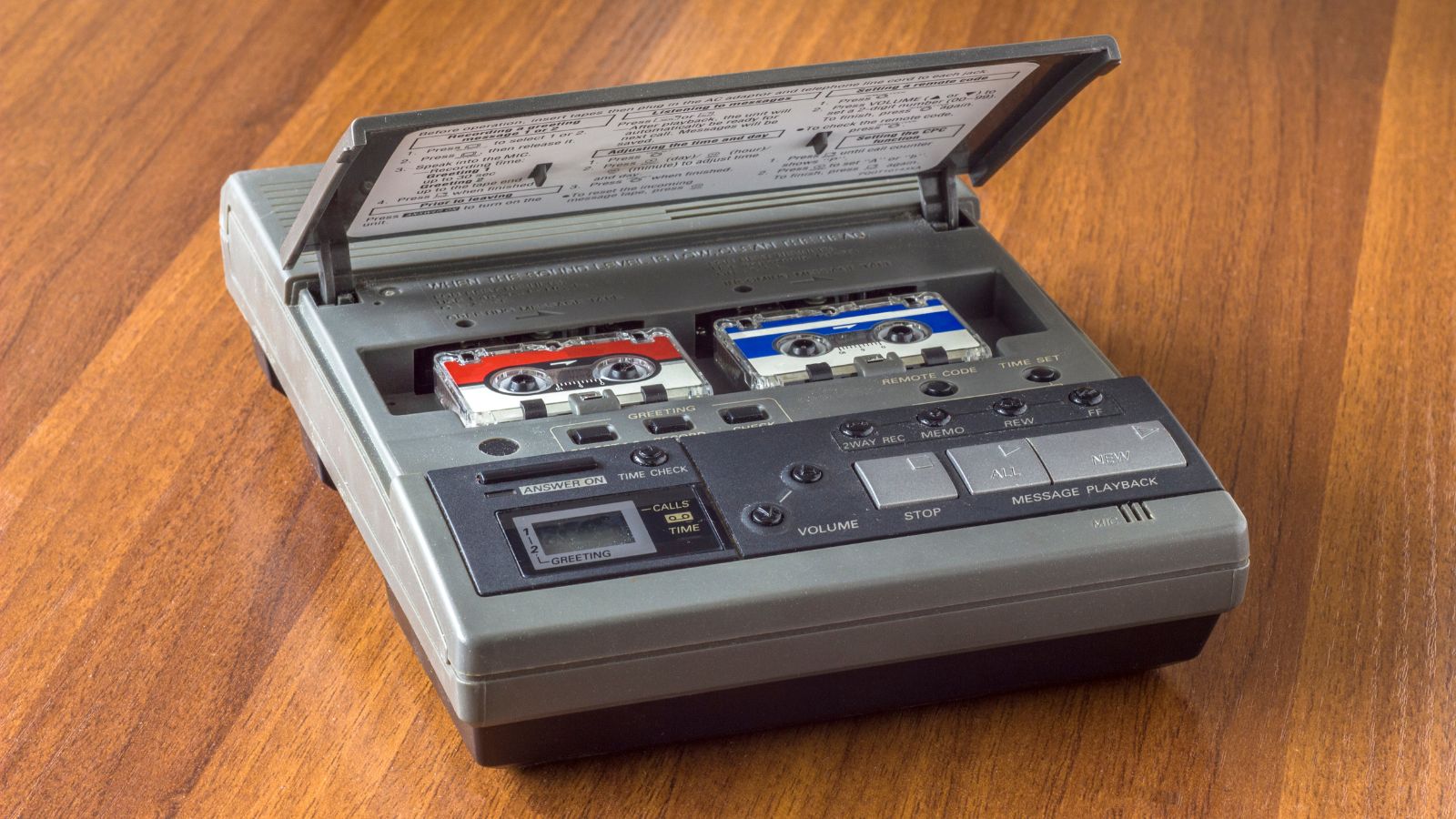
Before voicemail, we had answering machines. Coming home to see that blinking light was always exciting. Now, we just get a notification on our phones. It’s more convenient, sure, but it lacks the excitement of rewinding a tape to hear your messages.
Fotomats
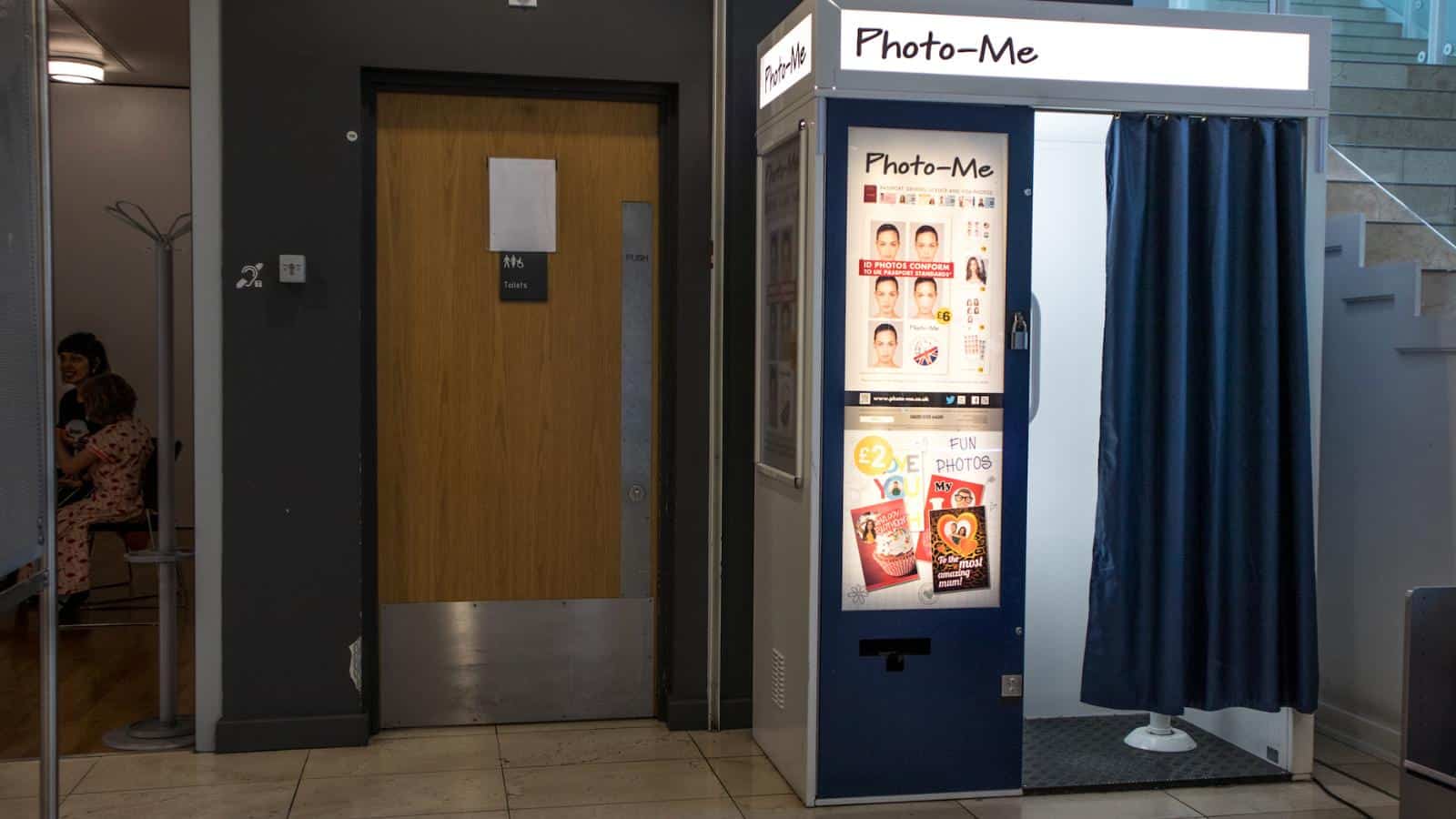
Remember driving up to a little booth to drop off your film, then waiting days to see how your photos turned out? Fotomats were everywhere in the ‘80s. Now, with digital cameras and smartphones, we see our pictures instantly. The suspense is gone, but so is the disappointment of blurry shots.
Typewriters
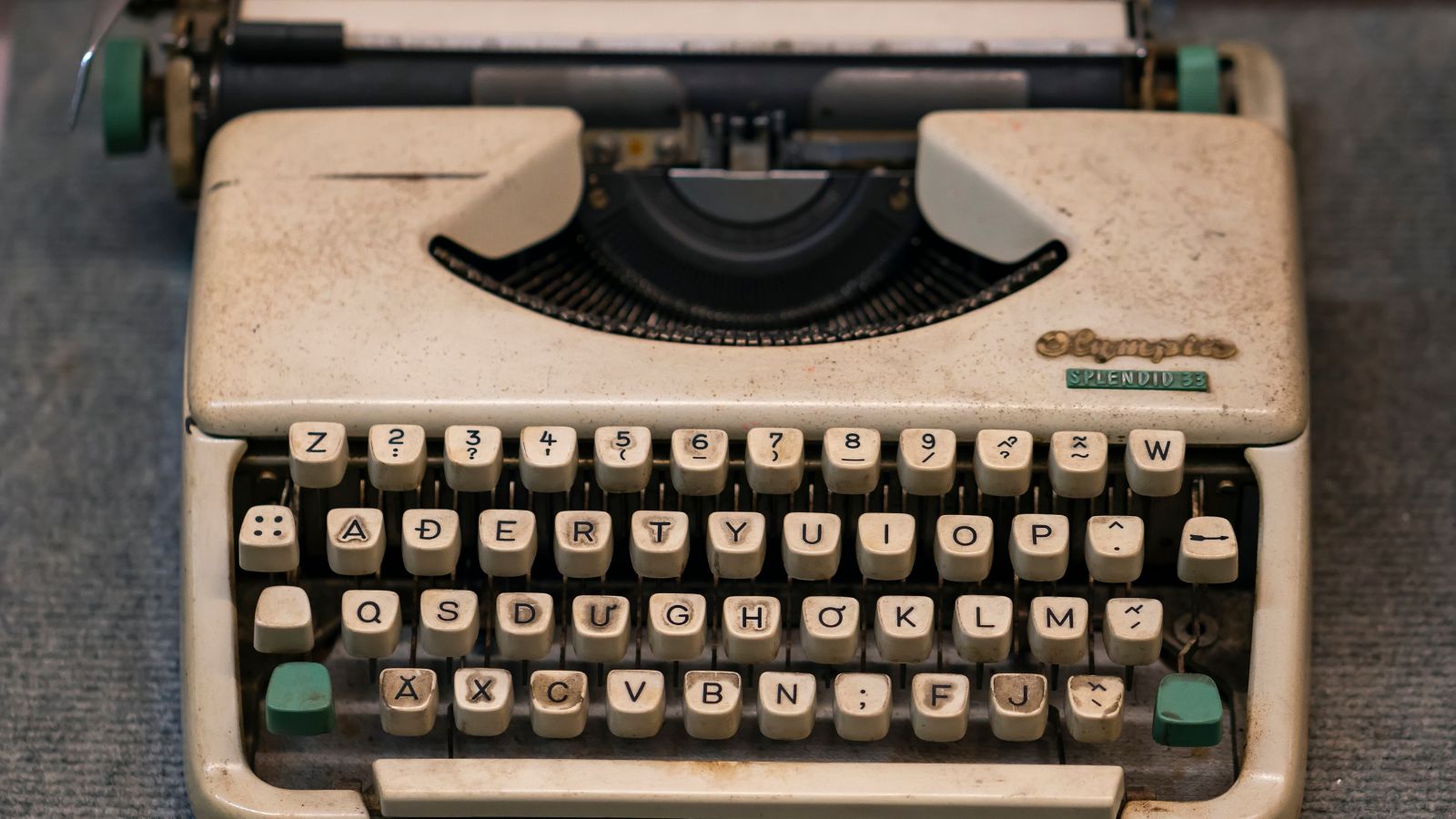
Typewriters were essential for writing in the ‘80s. The sound of keys striking paper was familiar in offices and homes. While some still enjoy using typewriters, computers, and word-processing software have largely taken their place.
Mall Culture
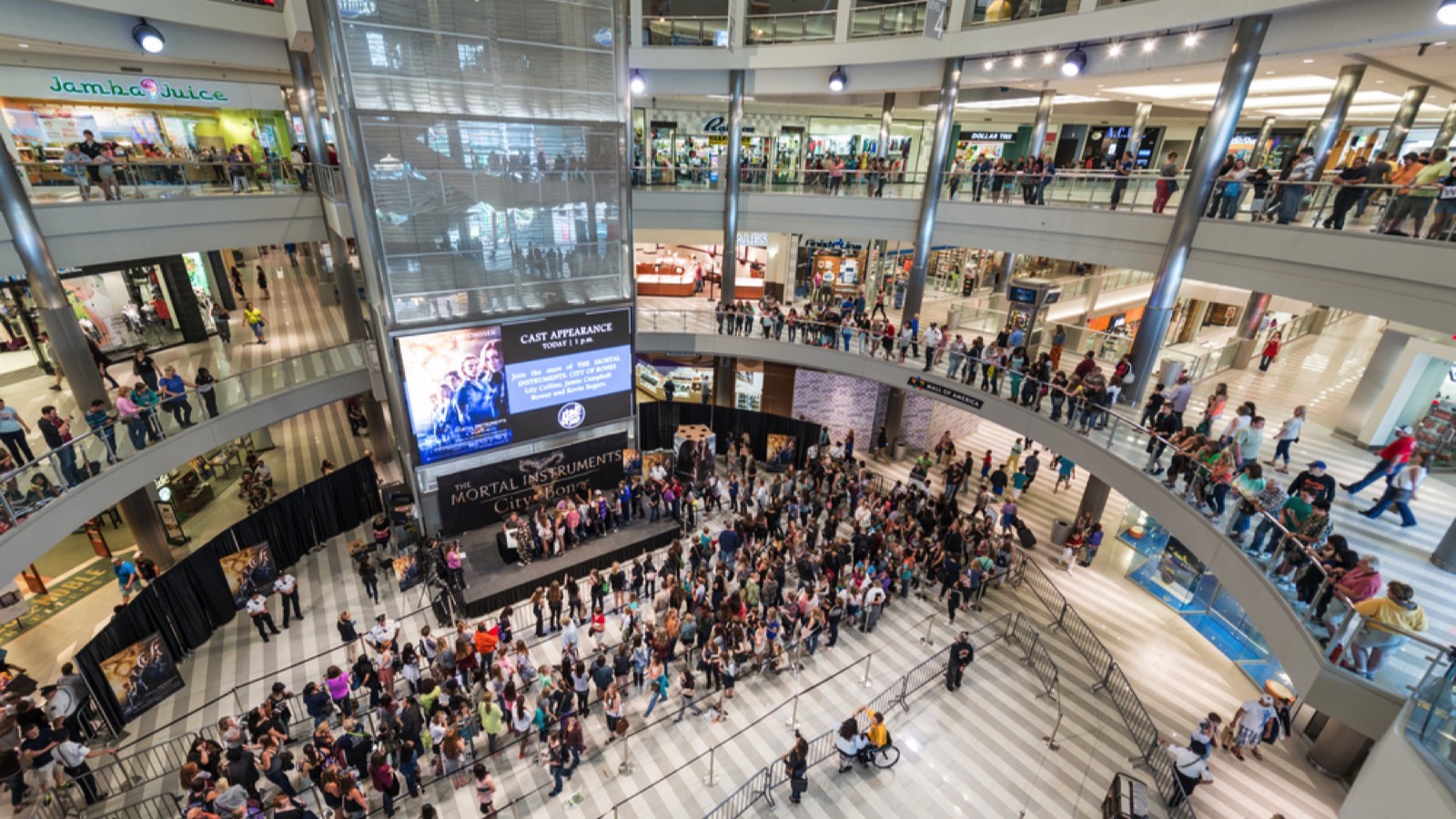
In the ‘80s, the mall was the place to be, especially for teens. It’s where we hung out, shopped, and tried to look cool. These large buildings housed stores, food courts, and entertainment. Online shopping and changing habits have led to a decline in traditional mall culture.
Up Next: 18 Reasons Why Men Get Grumpier As They Age

You might read this and be able to relate, or you may feel you’ve become grumpier the older you’ve gotten. Or maybe you know of a male friend or relative who has. Here are 18 reasons why men get grumpier as they age.
18 Reasons Why Men Get Grumpier As They Age
17 Products Millennials Refuse to Buy and It’s Affecting the Economy

Millennials have been the center of so much media attention due to their spending habits. Their unique ways of spending have built up and crushed many traditional industries. In this article, we look at 17 things millennials stopped buying and how that has impacted society.
17 Products Millennials Refuse to Buy and It’s Affecting the Economy
Where Even Truck Drivers Won’t Stop

Truck drivers tend to be hardy souls—well-seasoned travelers who aren’t often afraid to rest up or refuel in risky locations. However, there are certain U.S. locations that even the most road-weary trucker refuses to stop at for fear of criminal activity or natural dangers. Here are 17 such locations that even experienced truck drivers approach with trepidation (or not at all).
